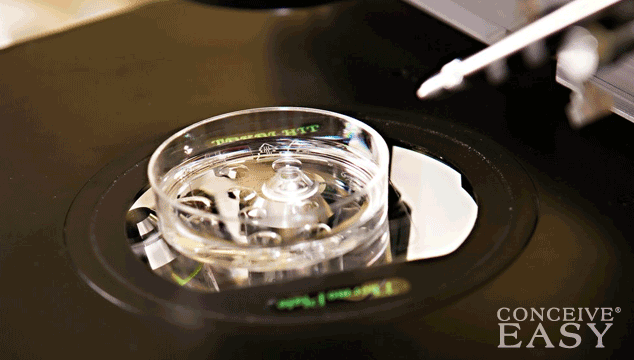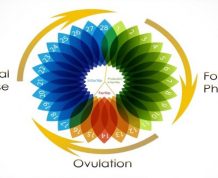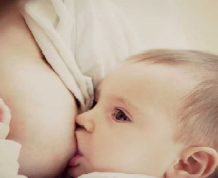![]() The information provided by our expert should not constitute a diagnosis of your condition. Always consult a medical practitioner or healthcare provider for a formal diagnosis. By making use of this content, you agree that ConceiveEasy and the expert assume no liability.
The information provided by our expert should not constitute a diagnosis of your condition. Always consult a medical practitioner or healthcare provider for a formal diagnosis. By making use of this content, you agree that ConceiveEasy and the expert assume no liability.
A tubal ligation is an effective way to permanently prevent pregnancy. This is a common procedure that women turn to after they are finished having children. However, it is also common for women to change their mind about having children after this type of procedure and look for ways to become pregnant again. Luckily, there are some options for you to consider. Claim Your 20 Free Pregnancy Tests – Click Here

To completely reverse the procedure, you will need to undergo surgery. During this surgery, your doctor will attempt to reattach the ends of your fallopian tubes. Sometimes, this means they will need to trim the ends of them, especially if you had the ends burned during the tubal ligation procedure.
Unfortunately, this reversal isn’t all that effective for a number of reasons. For starters, some women find that their fallopian tubes are simply not long enough to reattach again. This is especially true if they have some damage to the ends where quite a bit must be removed.
Another issue revolves around scar tissue. Some women find that their fallopian tubes have been damaged over time. This could lead to scar tissue that winds up blocking the fallopian tubes. If this is the case, the eggs will not be able to travel through the fallopian tubes and into the uterus. One of the downsides of choosing a tubal reversal is that you can’t predict these types of problems before you have the surgery.

IVF is another popular fertility treatment for women trying to get pregnant, even when they haven’t had a tubal ligation. With this procedures, eggs and sperm are joined together in a lab to create an embryo. At this point, the egg can be placed into the uterus in the hopes that the woman will become pregnant.
The great thing about IVF is that the woman’s ovaries and fallopian tubes will not need to produce eggs and allow them to travel into the uterus. Instead, the woman will be able use donor eggs and sperm, if needed, to help her conceive.
One downside of this method is that the child will not share the DNA of the mother. However, for women who are not able to conceive using their own eggs, this is a viable option to have a child of their own.
If you are considering trying to become pregnant after a tubal ligation, these are some options for you to consider. In the end, IVF tends to be more effective, but is rather expensive. Discussing all your options with your doctor and partner is the best option when you are trying to conceive after this type of procedure.










Comments